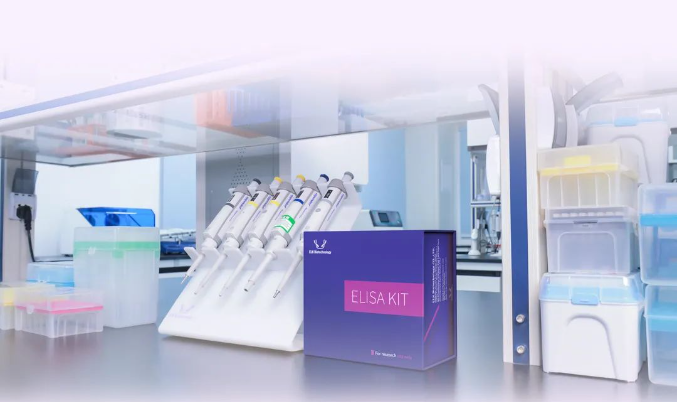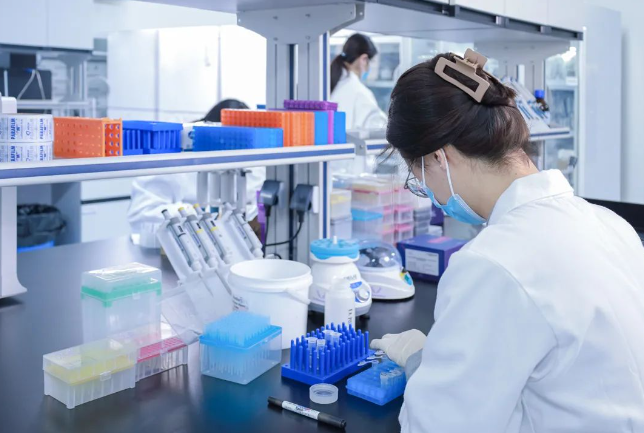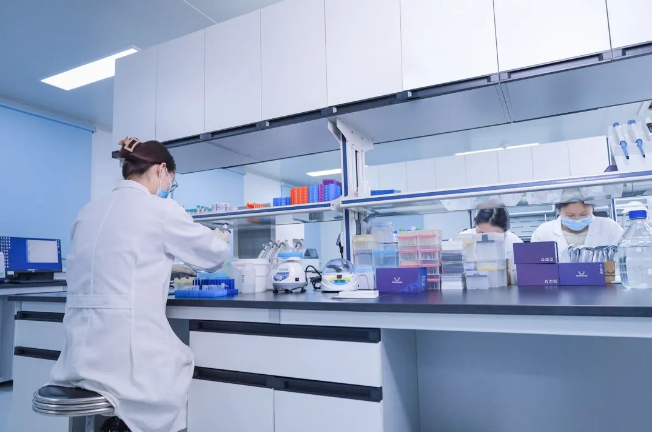

ELISA Experiment Guide

1. Pre-Experiment Preparations
Kit Selection
Before ELISA operation, ensure proper experimental design, select a kit suitable for your detection range and sensitivity, and order and prepare reagents, consumables, and process samples and other preparatory work in advance.
Sample Collection, Preparation, and Storage
Before collecting samples, you need to have a complete plan, clearly calculate the amount of samples needed for the complete experiment, and prepare enough.
-
Serum: Place the whole blood sample at room temperature for 2 hours or at 4°C overnight, then centrifuge at 1000×g for 20 minutes, and collect the supernatant for testing. The test tube for collecting blood should be a disposable, pyrogen-free, endotoxin-free test tube. Store at -20°C or -80°C, and avoid repeated freezing and thawing.
-
Plasma: Within 30 minutes after sample collection, centrifuge at 2-8°C, 1000×g for 15 minutes, and take the supernatant for testing. EDTA-Na2 is recommended as anticoagulant, and hemolysis and hyperlipidemia samples should be avoided. Store at -20°C or -80°C, and avoid repeated freezing and thawing.
-
Tissue homogenization: Take an appropriate amount of tissue blocks, wash them in pre-cooled PBS (0.01M, pH7.0-7.2) to remove blood (the lysed red blood cells in the homogenate will affect the measurement results), weigh them, cut the tissue into pieces, and then add the corresponding volume of PBS (generally at a mass-to-volume ratio of 1:9, the specific volume can be adjusted appropriately according to the experimental needs, and keep records. It is recommended to add protease inhibitors to PBS) into a glass homogenizer and grind them thoroughly on ice; in order to further lyse tissue cells, the homogenate can be ultrasonically broken or repeatedly frozen and thawed (pay attention to ice bath cooling during ultrasonic breaking, and the repeated freezing and thawing method can be repeated twice). Finally, centrifuge the prepared homogenate at 5000×g for 5-10 minutes, and take the supernatant for detection. (The tissue homogenate needs to be tested for protein concentration at the same time to obtain a more accurate test substance concentration per milligram of protein. For protein detection, you can purchase our product: BC016, BCA protein concentration determination kit.)
-
Cell culture supernatant: Centrifuge the cell supernatant at 1000×g for 20 minutes to remove impurities and cell debris. Collect the supernatant for testing and store at -20°C or -80°C, but avoid repeated freezing and thawing.
-
Urine: Please collect the first urine in the morning (midstream urine) or 24-hour urine, collect the supernatant after centrifugation at 2000×g for 15 minutes, and store the sample at -20°C. Avoid repeated freezing and thawing.
-
Saliva: Collect the sample using a saliva sample collection tube, then centrifuge at 2-8°C, 1000×g for 15 minutes, and take the supernatant for testing, or store it at -20°C after aliquoting. Avoid repeated freezing and thawing.
-
Other biological samples: Centrifuge at 1000×g for 20 minutes and take the supernatant for testing.

Precautions
-
The sample should be clear and transparent, and the suspended matter should be removed by centrifugation. Hemolysis of the sample will affect the results, so hemolyzed samples should not be used.
-
If the sample is to be tested within 1 week after collection, it can be stored at 4°C. If it cannot be tested in time, please divide it into aliquots according to the amount used once and freeze it at -20°C (test within 1 month) or -80°C (test within 3-6 months), avoid repeated freezing and thawing. Please bring the sample to room temperature before the experiment.
2. Dissolution of ELISA standards and preparation of antibodies
- The standard is a measuring scale for the detection antigen of the kit, so the dissolution, multiple dilution and storage of the standard should pay special attention to the following details: the freeze-dried standard should be dissolved according to the instructions, accurately re-dissolved, and repeated freezing and thawing is strictly prohibited. The multiple dilution of the standard should be prepared in advance, such as the preparation and numbering of centrifuge tubes and the preparation of diluents; when diluting, it should be fully mixed.
- Concentrated biotinylated antibodies and concentrated enzyme conjugates are small in size and may be scattered in various parts of the tube during transportation. Centrifuge at 1000×g for 1 minute before use to allow the liquid on the tube wall or bottle cap to settle to the bottom of the tube. Use a pipette to carefully blow 4-5 times to mix the solution before use. Please prepare the standard, biotinylated antibody working solution, and enzyme conjugate working solution according to the required amount and use the corresponding diluent to prepare them. Do not mix them.
3.Incubation
Incubate for the time and temperature indicated in the instructions. During incubation, the plates should be covered with film to prevent evaporation of samples or diluents and adsorption to the well walls, which makes them difficult to clean. During incubation, the reaction plates should not be stacked to ensure that the temperature of each plate can be quickly balanced. At the same time, the incubation time should be strictly controlled to avoid nonspecific binding around the reaction wells due to excessive time. During incubation, a constant temperature box should be used as much as possible instead of a water bath to avoid uneven temperature within the plate.

4.Washing in ELISA Operation
Washing is the most frequent operation in ELISA experiments and is also a very important step. Inadequate washing can easily result in incomplete washing or cross-contamination, and poor experimental repetition results. Regardless of whether you use a multi-channel pipette, washing bottle, pipette, or plate washer, strictly follow the instructions and do not reduce the washing volume, washing time, and washing times of the steps. Paying attention to standardized operations will reduce experimental errors and errors between different experiments. Operators often wash the plate uncleanly, please refer to the following operations:
a) Do not allow the washing solution to overflow outside the wells to avoid contaminating adjacent wells, especially during the first two washes. If the high-concentration wells contaminate the low-concentration wells or blank wells, the cross-contaminated wells cannot be washed away and the background will definitely increase.
b) Special attention: When designing the experiment, consider the position of the experimental wells to ensure that when the washing solution is thrown off, the blank well, low concentration well or negative control well are on the top or on the side or separated. At the same time, pay attention to the action of flipping the washing solution (rotating 120-150 degrees from the top) quickly and cleanly. Do not swing the plate left and right or rotate it to throw the liquid! After throwing it out, throw the liquid out in a straight line 2-3 times.
c) Use clean filter paper, not toilet paper, because fine dust or debris can easily be adsorbed to the bottom of the wells, resulting in unclean plate washing, high or low results, and large differences in the values of duplicate wells.
d) Do not tap the board repeatedly at the same spot each time, especially during the step of washing away the enzyme; do not tap the board too lightly, otherwise it will not be clean. Tap the board hard and it will not have any effect on the protein. But be careful not to tap too hard, so as not to break the board strips. Tap the board a few times after each wash, and make sure to tap it clean the last time.
e) Do not reduce the volume of washing solution, washing time and number of times. If the washing time is too short, the washing effect is poor. Prolonging the washing time and increasing the number of washing times can make the background cleaner.
5. How to fit the standard curve of ELISA?
Generally, the standard curve was fitted according to the method recommended in the instruction manual.
Software Download: https://elkbiotech.com/list/83.html
Curve marking operation process:https://elkbiotech.com/view/433.html


